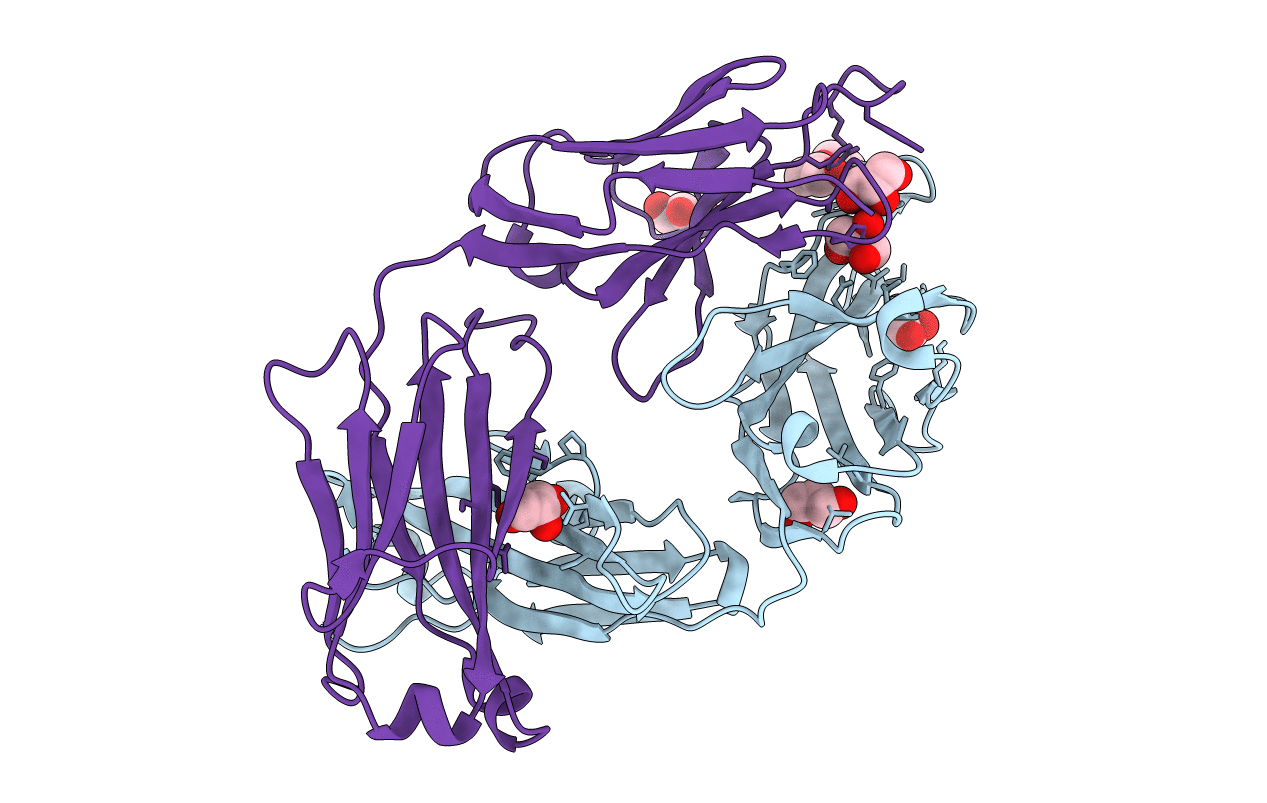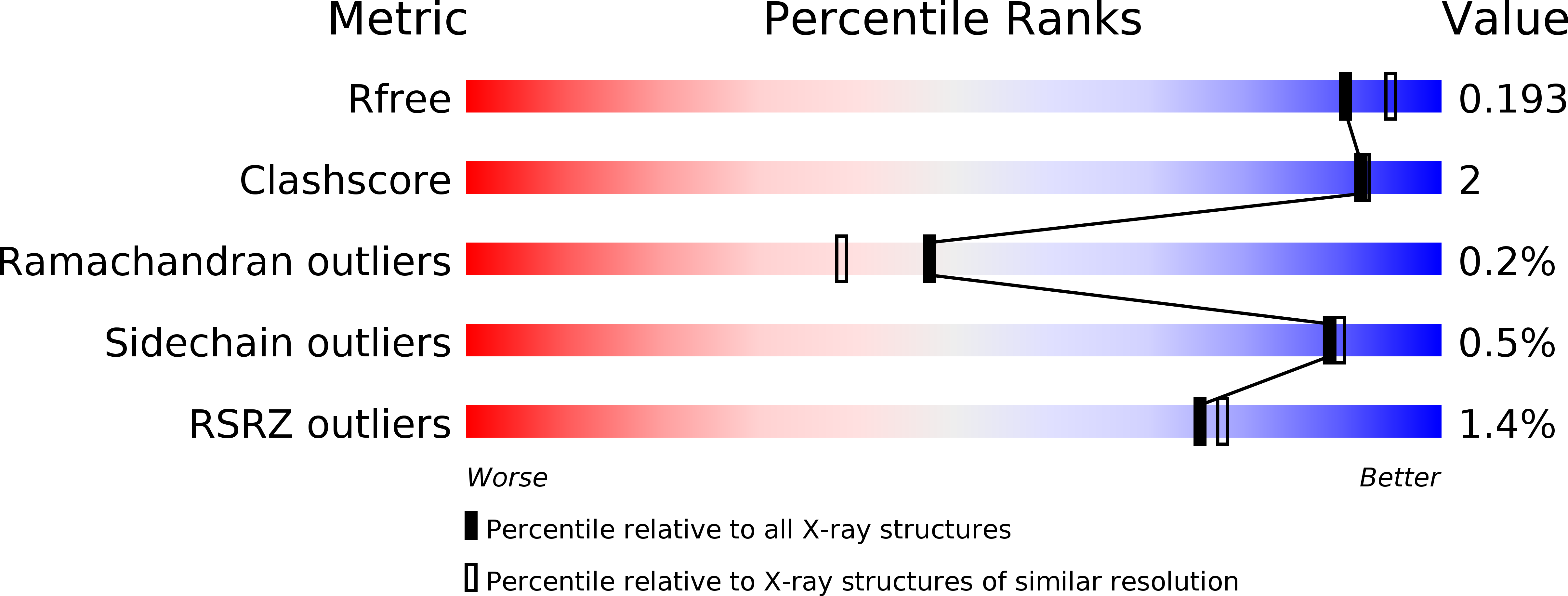
Deposition Date
2013-03-14
Release Date
2013-03-27
Last Version Date
2024-10-16
Method Details:
Experimental Method:
Resolution:
1.89 Å
R-Value Free:
0.19
R-Value Work:
0.17
R-Value Observed:
0.17
Space Group:
C 1 2 1


